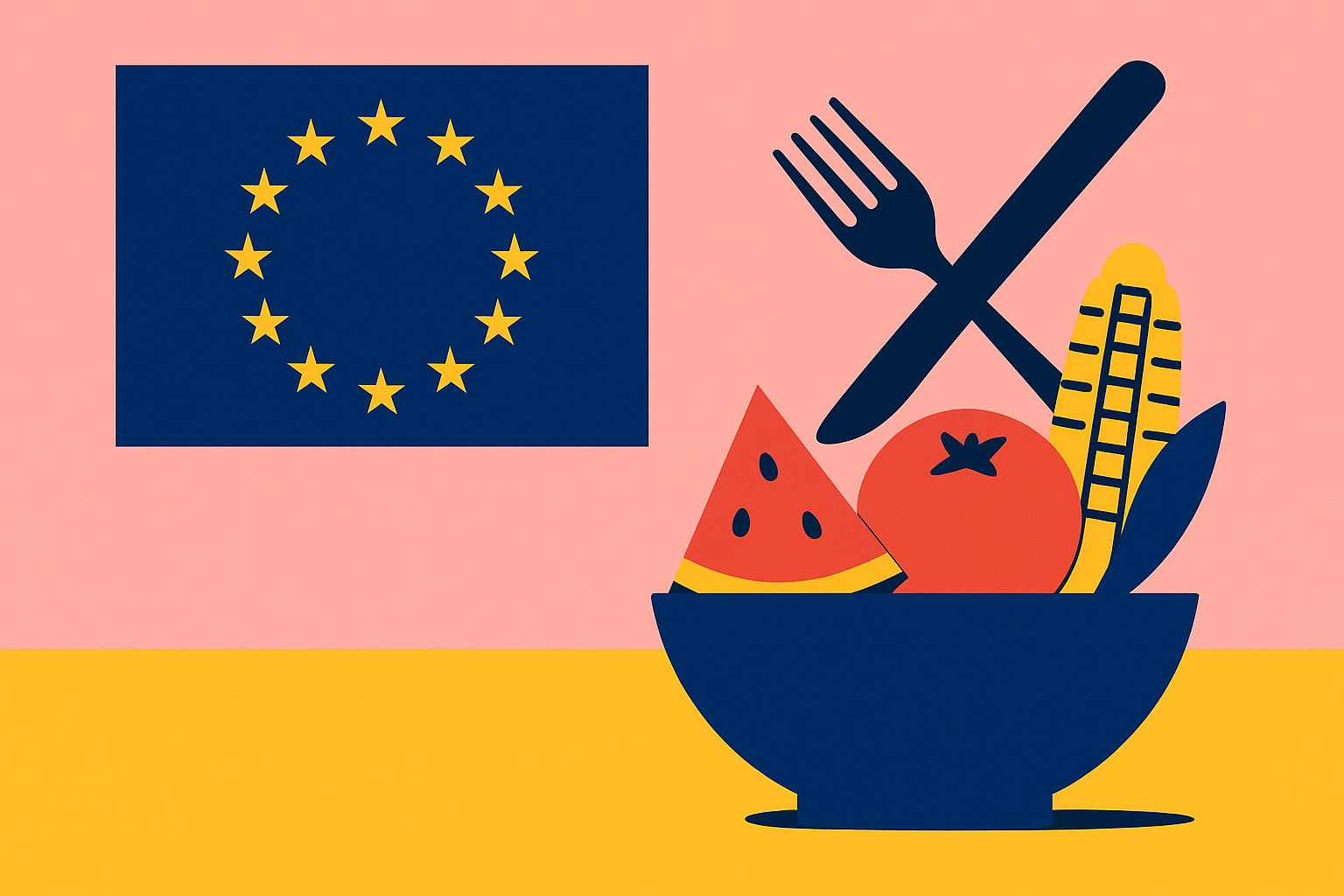
European advertisers face a critical juncture as new legislation concerning ‘less healthy food and drink’ marketing goes into effect this October. This directive matters significantly for advertisers targeting youth and families, aiming to curb obesity rates and promote healthier choices among European consumers. Navigating these new rules requires a careful strategy to not only comply but also leverage the shift in consumer expectations towards a more health-conscious mindset.
The new regulations, aimed at curbing the promotion of high fat, sugar, and salt (HFSS) products, pose both challenges and opportunities for brands across Europe. The advertising landscape will see significant shifts as marketers need to be more discerning about how they position their products. A study from the European Consumer Organization found that nearly two-thirds of European parents are concerned about their children’s diet influenced by advertising. This highlights a growing consumer demand for transparency and accountability in food marketing strategies, paving the way for innovative approaches that prioritize consumer health without compromising brand integrity.
However, the Advertising Association has expressed concerns about the current guidelines, arguing they aren’t aligned with legislation, which creates a foggy landscape for brands attempting to navigate compliance. “The ambiguity in the guidelines poses a significant risk for brands that are working diligently to adhere to the legal requirements,” says Julia Bennett, a Chief Marketing Officer of a leading European food brand. “It’s crucial for businesses to seek clarity and engage with policymakers to ensure that marketing efforts are not just compliant but also resonate with consumers’ increasing demand for health-oriented content.”
Brands that pivot towards promoting healthier offerings and champion transparency in their marketing are likely to gain a competitive edge. This transition will require a re-evaluation of marketing campaigns and possibly a reformulation of products to meet the HFSS guidelines. The emphasis must shift from merely promoting taste and tradition to showcasing the health benefits and nutritional values of products, potentially reshaping brand identities across the sector.
For example, brands like Nestlé and Danone have already taken steps to alter their product formulations, reduce sugar and salt levels, and launch new, healthier product lines. Such leaders demonstrate that it’s not just about compliance but also about leading the transformation towards responsible consumer engagement.
The coming legislation is not just a regulatory hurdle. It’s a strategic opportunity for brands to get ahead of consumer trends, reinforce trust and loyalty, and harness the growing health and wellness market in Europe, which is expected to reach $1 trillion by 2025. The brands that will emerge stronger are those that can integrate these regulations into a broader strategy that aligns with consumer values and societal needs.
In conclusion, the path forward requires that senior marketers focus on education, transparency, and innovation in their advertising methods. The strategic takeaway is clear: embrace these new guidelines as an opportunity to align your brand with a healthier future and engage consumers with authenticity and purpose. Adapting now will not only ensure compliance but also position your brand as a leader in the evolving European market landscape.
— AdEdge Europe Editorial Team